BLUEBIRDS vs PURPLE MARTINS – Can these birds coexist?
Bluebirds vs Purple Martins is a story about two very similar species of birds whose nesting territories often overlap. Both bluebirds and purple martins are an asset to any yard. They both consume vast quantities of insects though they have partitioned the resource in the following way.
Bluebirds hunt insects and arthropods that are terrestrial – those that live on the ground or in fauna – caterpillars, beetles, spiders, mites, etc. Purple martins are aerial feeders meaning they eat insects that fly. Those can include mosquitoes, flies, butterflies and moths, wasps and bees. One feeds on land and the other feeds in the air.
Do purple martins bother bluebirds?
Purple martins do not usually bother other birds. In the case of bluebirds vs purple martins it will often be the bluebird that bothers the purple martin. The aggression occurs because of the way in which both species of birds nest.
Bluebirds nest in single boxes, and they have a wider area around their nest that they consider to be their territory. Purple martins are more social and communal and will happily nest in colonies. When a bluebird nests in a colonial box or gourd, its territory being much larger than nest box or gourd means that the bluebird will drive off purple martins trying to nest in the other boxes or gourds.
A practical solution to solving nest box conflicts is to space nesting boxes at least six feet apart. The purple martins will nest in single boxes. You can also install colony boxes for purple martins so long as there are plenty of single boxes away from the colony for bluebirds to call home.
Do purple martins nest in bluebird houses?
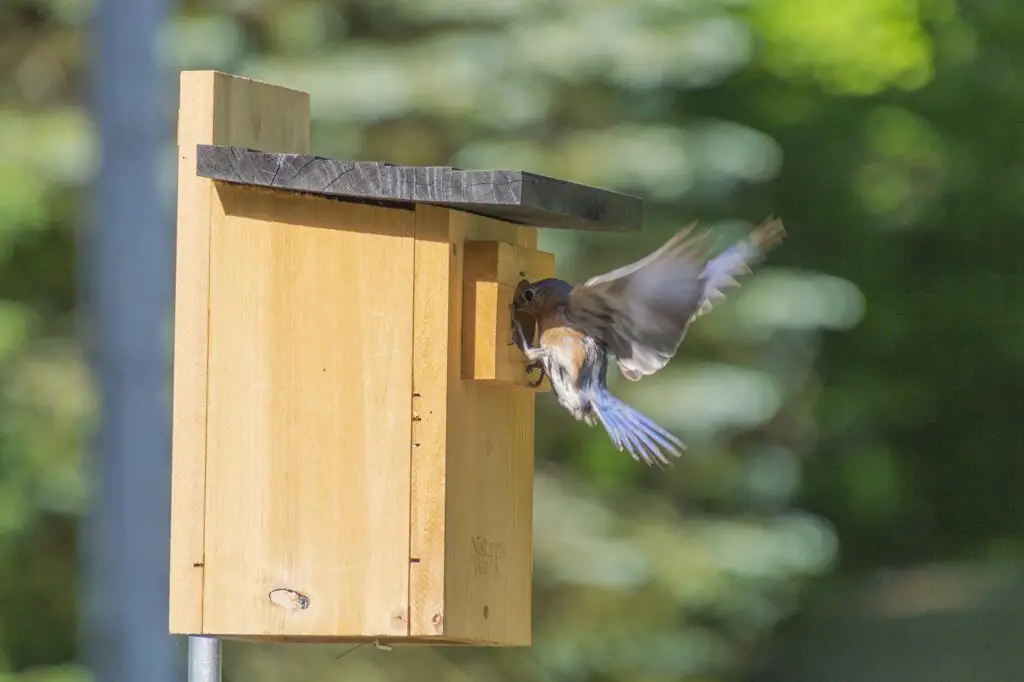
Purple martins will nest in a bluebird house so long as they can get inside. A properly built bluebird house has a smaller opening of 1 1/2 inches in diameter. Purple martins are slightly larger and the entry to their birdhouses should be 2 1/8 inches in diameter. If you maintain the differences in openings for the two species most purple martins will not be able to nest in those houses designated for bluebirds.
Do bluebirds nest in purple martin houses?
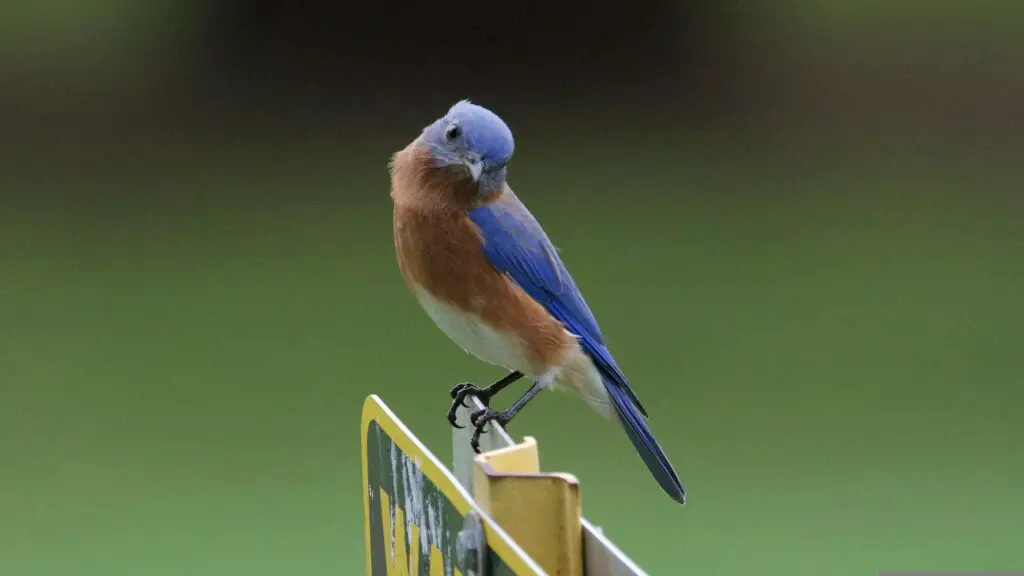
Bluebirds being smaller than purple martins can and do nest in purple martin nest boxes. If the purple martins are younger and smaller, they can fit into the smaller opening of bluebird nest boxes. Sparrows, starlings and blackbirds will also nest in purple martin nest boxes and colonies. Sparrows will take over single houses and starlings and blackbirds will take over entire colonies from purple martins. Bluebirds will nest in a single purple martin box in a colony and drive away all the purple martins that reside there.
Are purple martins aggressive?
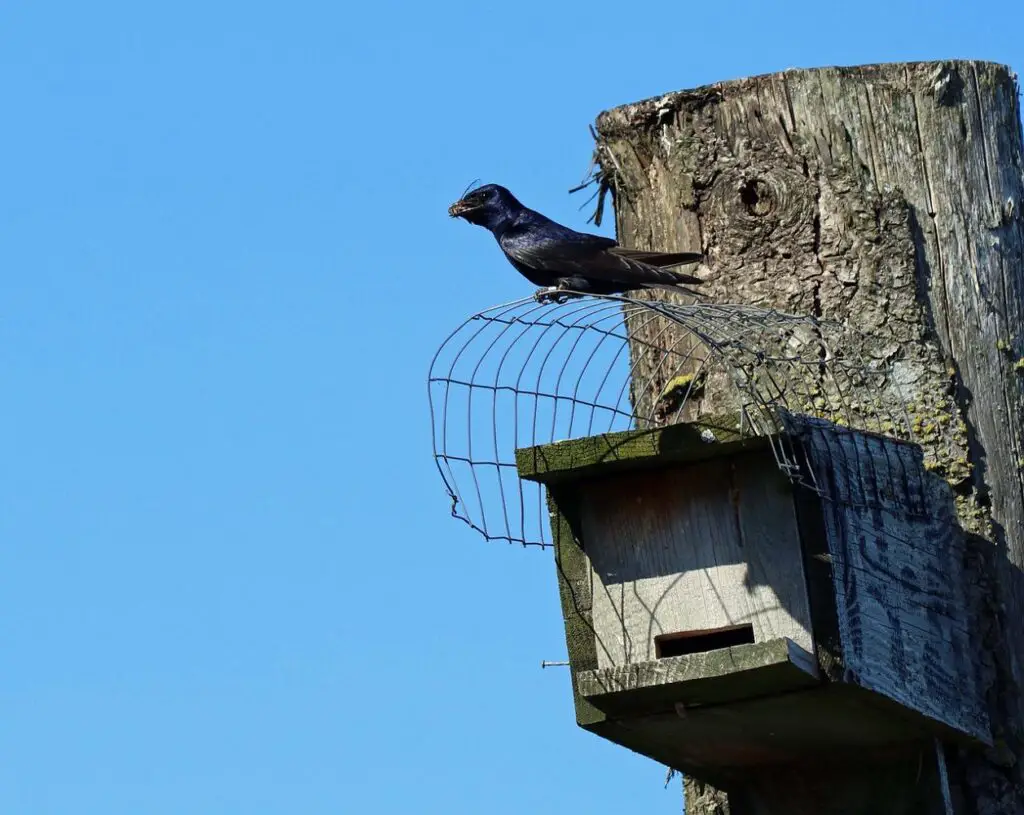
Purple martins are not aggressive, and they do a poor job of defending their nests. Sparrows and house sparrows will chase them away and take over their nests. Starlings and blackbirds will also chase off purple martins. Bluebirds when nesting in a purple martin colony or single nest box will displace purple martins.
How far apart should I put a bluebird house and a purple martin house?
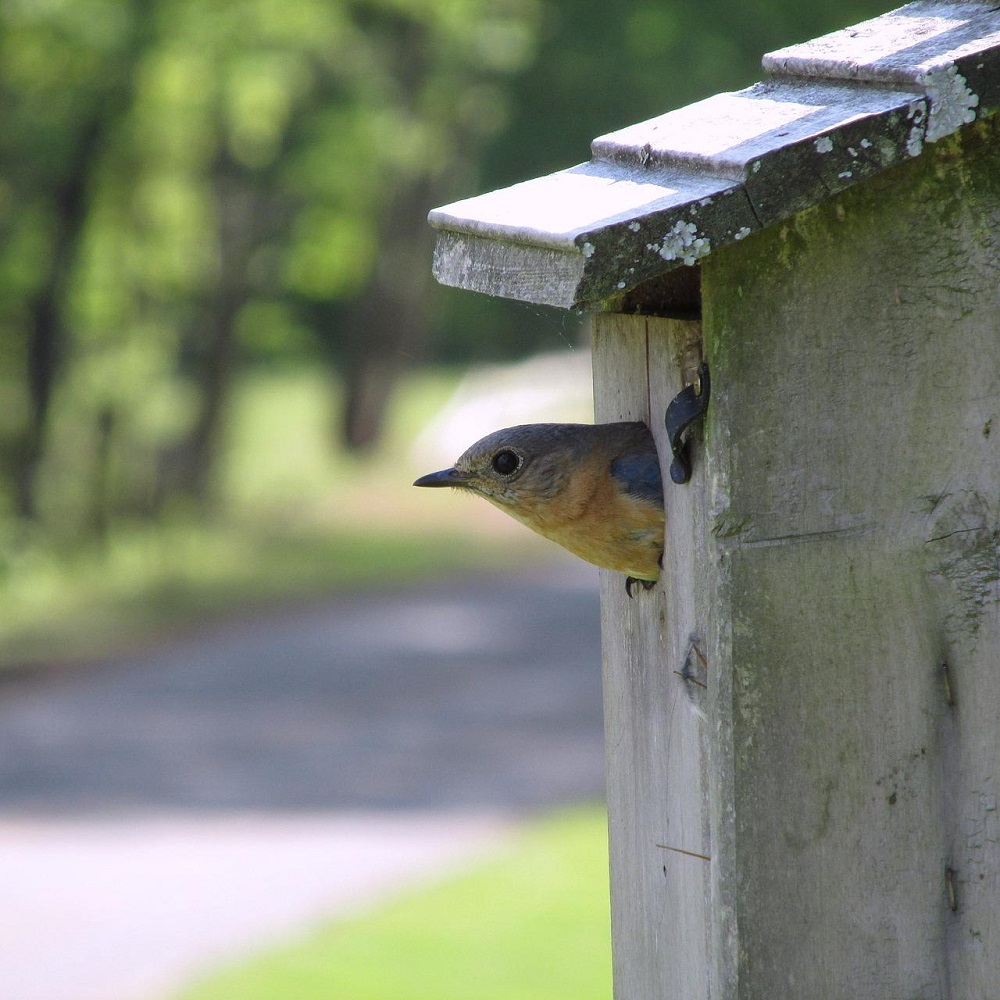
When installing nest boxes for both bluebirds and purple martins the two should be at least ten feet apart and more in the 30-foot range. Bluebirds are more territorial than purple martins and space helps keep bluebirds from taking over purple martin nest boxes.
Defending Nest Boxes
Nest boxes should be monitored and checked often. Purple Martins generally do not mind that you check their nest boxes. Common squatters include:
- Bluebirds
- Starlings
- Sparrows and House sparrows
- Tree Swallows – a cousin to purple martins
- Wasps and hornets
An easy way to remove bluebirds from purple martin nests is to install single nest boxes 10-30 feet away and remove the nesting material. You may have to do that several times before the bluebird moves.
To evict sparrows, remove the nesting material, and they will often find a new home quickly.
Starlings are persistent, and they are fond of using existing nests to brood. You may have to remove the same pair of starlings multiple times.
Wasp removal is important, and you want to check the nest boxes often because wasps – yellowjackets, paper wasps, and hornets will return to rebuild. The best time to remove wasp nests from bird boxes is early in the morning. Wasps are less active when it is cold outside.
Tree swallows and purple martins are both species of swallows. That makes both beneficial. However, they compete on many levels for the same resources. It is okay to have both on the same property, but they need their own sets of nesting boxes. The tree swallows will harass and chase off the purple martins. If you are trying to attract purple martins, you will have to evict the tree swallows by continually removing the nesting material in the nest boxes.
This might pique your interest too: All About Baby Crows!
Does Nest Box Location Matter?
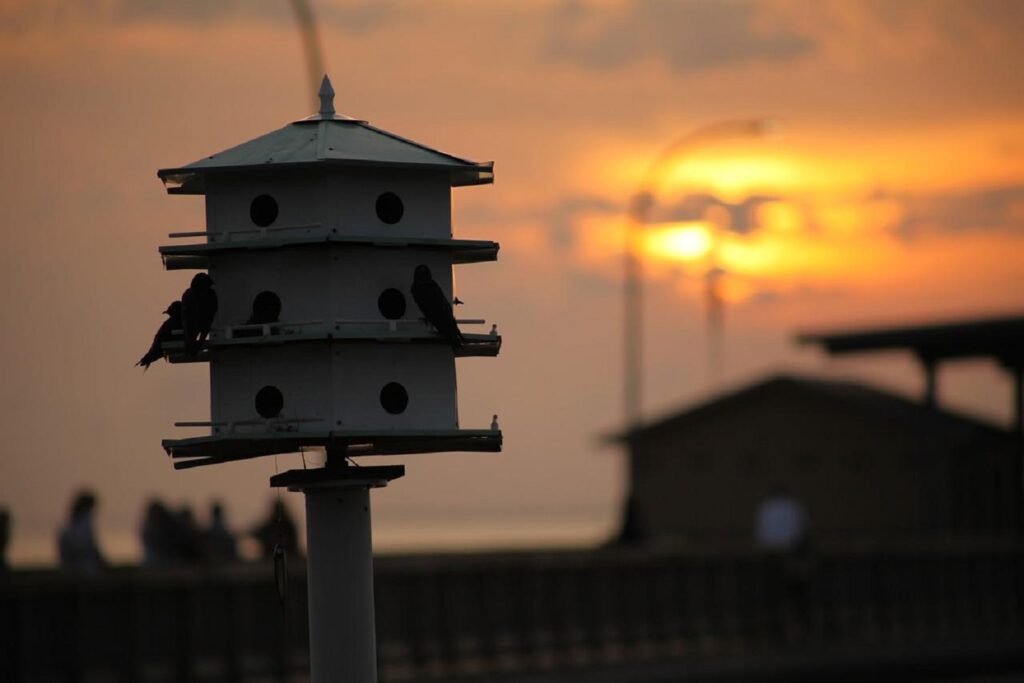
If you are trying to attract bluebirds, purple martins, or both, then yes, the location of nesting boxes matters. Purple martins are more likely to take up residence in nest boxes that are out in the open and away from homes. Many people place nest boxes for bluebirds and purple martins about six feet off the ground. For purple martin colonies, six-twelve feet in the air is ideal.
Bluebird nest boxes can be anywhere from six feet to 50 feet in the air. Six-twelve feet is idea for those of us who check nest boxes. You can put nest boxes higher if there are issues of predation from cats, raccoons, ringtail, and other terrestrial predators.. Hawks and owls also predate purple martins and bluebirds. Your presence out in the yard will cause raptors to move off to more secure hunting areas. Installing the nest boxes on poles rather than fences will help to keep raccoons and ringtails away.
If the conflict between bluebirds and purple martins exists, a simple way to defuse the situation is to separate the nest boxes to at least 30 feet.
Related post: How to tell Wood Ducks from Mandarin Ducks